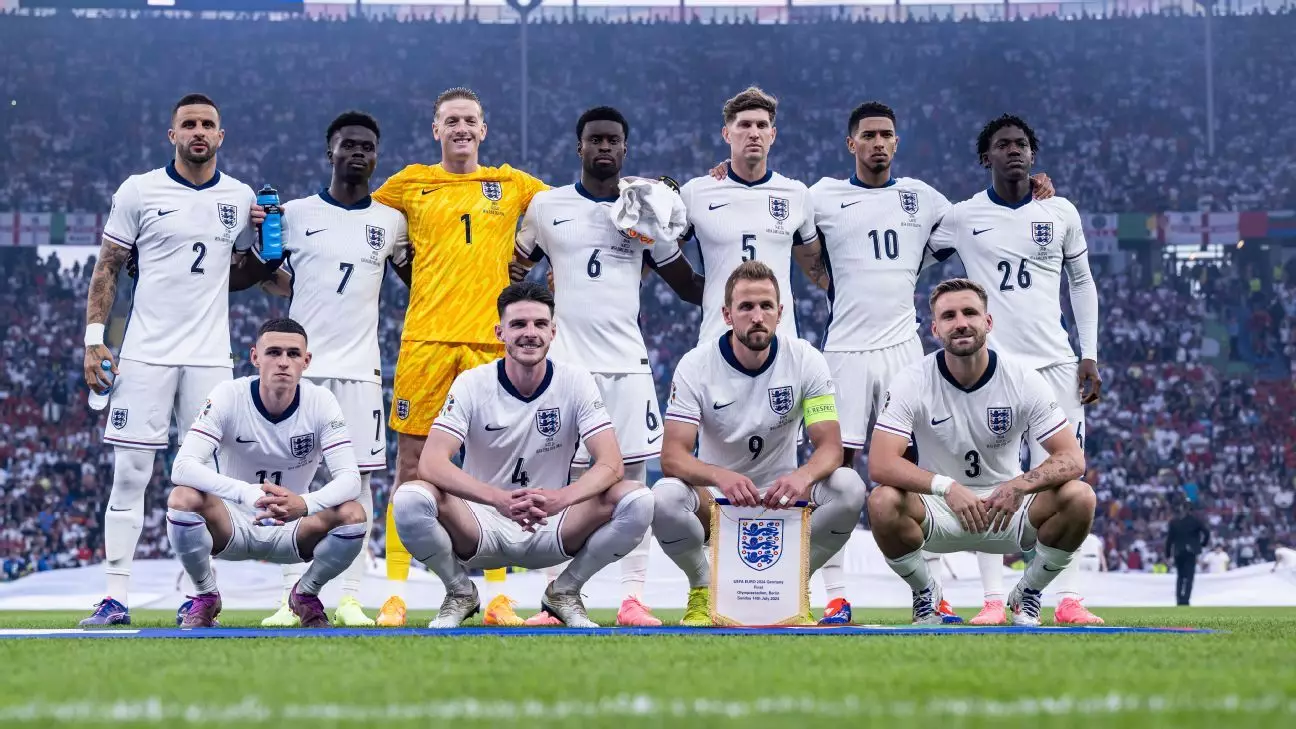UEFA’s decision to incorporate the final standings of the UEFA Nations League to determine seeding for the World Cup qualifying draw has significant implications for participating countries. By combining UNL performance with FIFA World Ranking, England is poised to be seeded in Pot 1, ensuring a favorable draw for the upcoming World Cup qualifiers. This methodology differs from that of other confederations, which rely solely on World Ranking for seeding.
Previously, England faced the possibility of being placed in Pot 2 due to relegation to League B in the UEFA Nations League under Gareth Southgate. However, the latest FIFA circular confirmed that Pot 1 for the World Cup draw will consist of the top eight countries from UNL League A and the top four countries by World Ranking. Currently, England is among the leading European nations, alongside France, Spain, and Belgium, positioning them for Pot 1 seeding.
The expanded format of the UEFA Nations League introduces additional considerations for scheduling, as the quarterfinals will now be played in March 2025. This necessitates drawing the League A group winners and runners-up into smaller groups to accommodate the fixtures. The altered calendar for the UNL finals also impacts the timing and composition of the World Cup draw, leading to a more dynamic seeding process.
The revised methodology for seeding offers newfound hope for countries typically outside the top ranks to secure a place in Pot 1. Nations such as Netherlands, Portugal, Italy, Croatia, and others have the chance to elevate their seeding through strong performances in the UEFA Nations League. This presents a unique opportunity for these teams to compete on a level playing field in the World Cup qualifiers.
With the final allocation of pots dependent on the completion of the UNL group phase in November, the World Cup qualifying draw awaits the outcome of the upcoming fixtures. The draw will feature 12 groups of four or five nations, with matches scheduled from March to November the following year. The playoffs are set to take place in March 2026, culminating in the final selection of teams for the World Cup.
The integration of UEFA Nations League performance into the World Cup qualifying process marks a significant shift in the traditional seeding criteria. By combining UNL results with FIFA World Ranking, UEFA aims to provide a fairer and more competitive structure for determining the composition of the World Cup groups. This innovative approach opens the door for a broader range of nations to secure higher seeding positions, adding excitement and unpredictability to the upcoming qualifiers. As the tournament draws near, the impact of this new methodology will become evident in the composition of the World Cup groups and the competitive landscape of international football.
